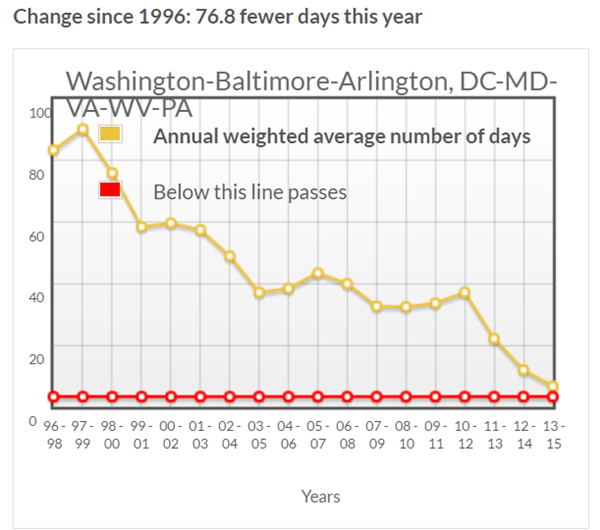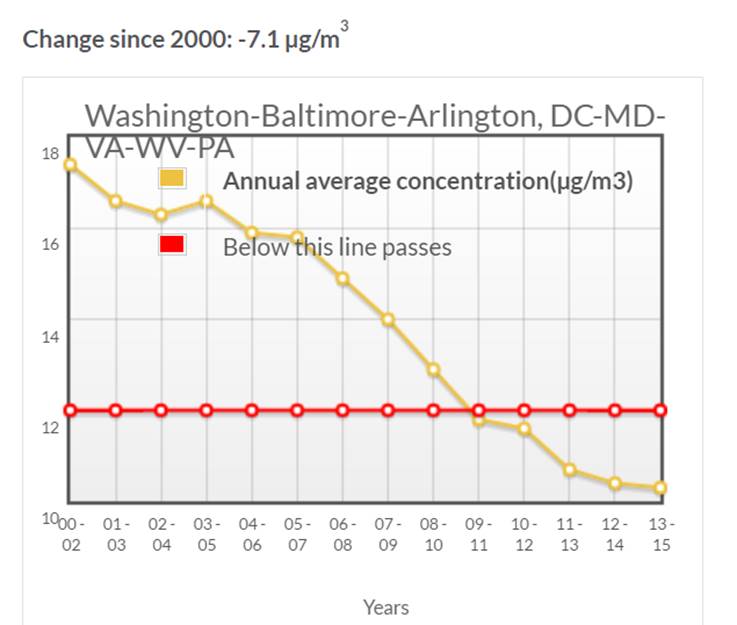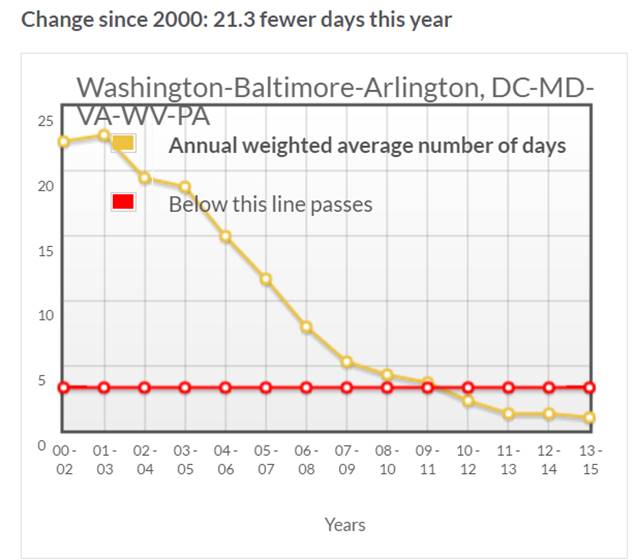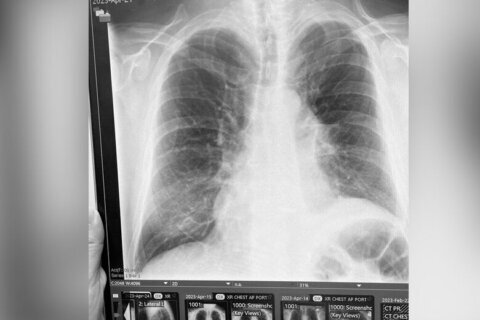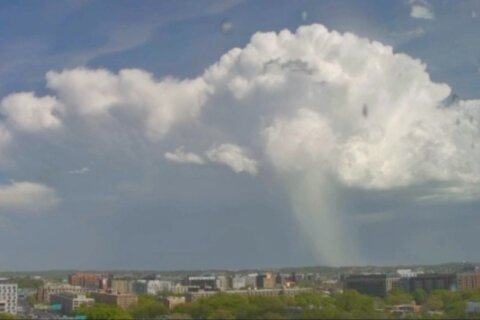WASHINGTON — The overall air quality in the D.C. region has just gotten its best report card ever, but one type of pollution that can be especially harmful to the public’s health remains a threat.
Several parts of the area have received failing grades for ozone pollution, which is also known as smog.
D.C., Arlington County and Prince George’s County each earned F grades in the American Lung Association’s 2017 “State of the Air” report.
Loudoun and Anne Arundel counties earned D grades, and Fairfax and Montgomery counties were given C grades.
The grading is based on the number of days the communities registered high levels of smog between 2013 and 2015.
“In the Washington metropolitan area, areas like Arlington or Prince George’s County, there’s a lot of traffic that creates air pollution,” according to the American Lung Association’s Paul Billings.
He said that the D.C. region is also downwind of many coal-fired power plants in the Midwest.
“Dirty air is blowing into our region, it mixes with pollution from motor vehicles in our region and the result is high levels of ozone,” he said.
High ozone levels increase the risk of premature death for residents, according to the lung association.
Ozone pollution and particle pollution make up the two most widespread types of air pollution. D.C., along with Arlington, Fairfax, Loudoun, Montgomery and Prince George’s counties, received an A grade for particle pollution, also known as soot, which is often attributed to this presence of coal-fired power plants or wildfires.
The American Lung Association says nearly four in 10 Americans lived in counties with unhealthy levels of either ozone or particle pollution between 2013 and 2015.
The group credits tougher clean air standards for the overall improvement in air quality in the region that includes Washington and Baltimore.
Since 2000, the number of high ozone days and the amount of particle pollution in the region has dropped considerably, according to association figures.
Compared to last year’s air quality report, the region had about half as many high ozone days — 6.7 days — and had slightly less short-term particle pollution — down to 1 day from 1.3 days, the association said.
Cities in California dominated the lung association’s list of the most polluted cities.
